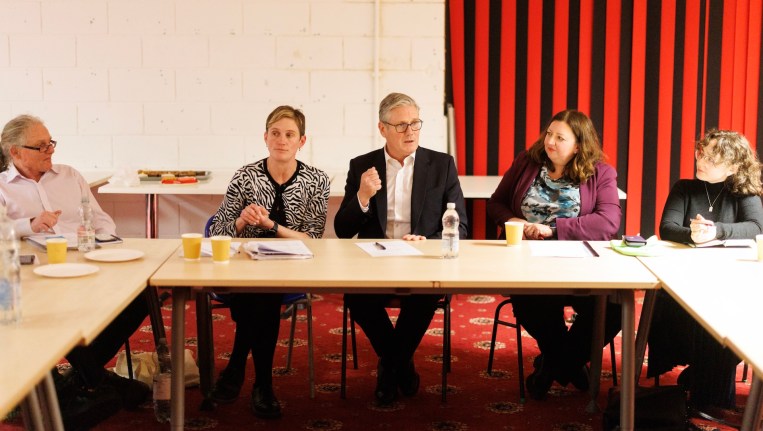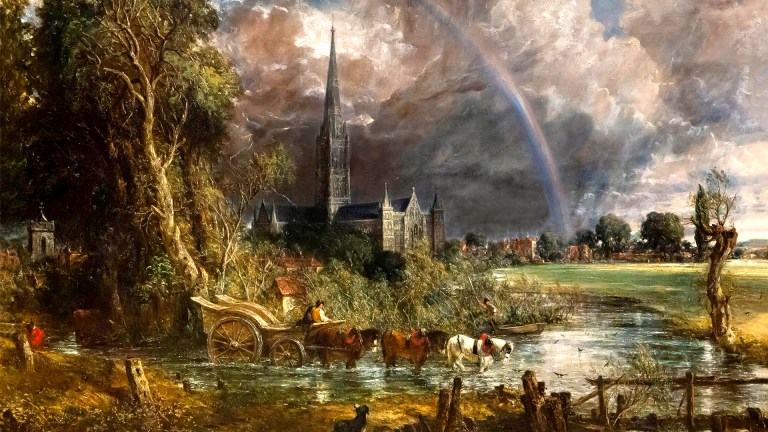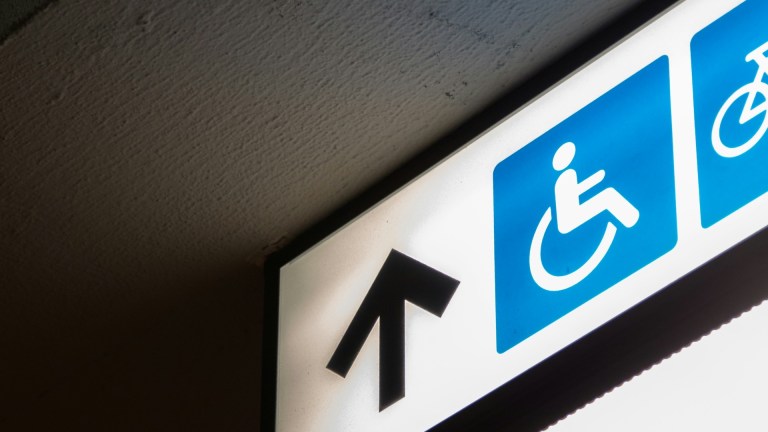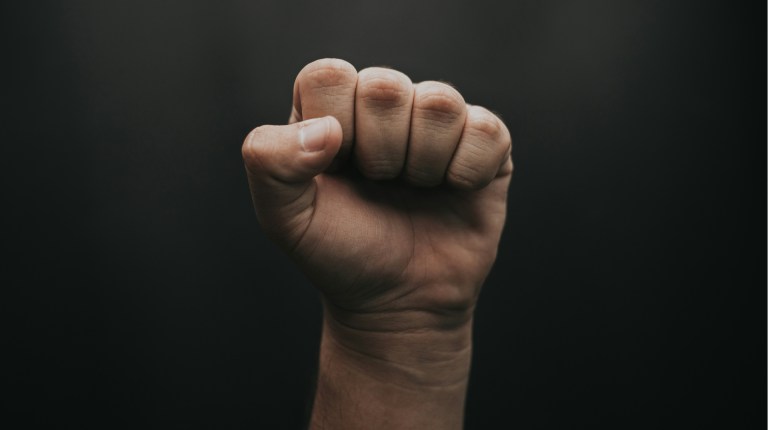I am astonished as I walk through the City of London. The pavements are crammed full of office workers, agents, consultants; or whatever. All I know is that I have to weave this way and that. Many of them are on their mobiles. But they are incredibly well-dressed. This is not the City of London of my childhood, when I would get the 11 bus from working-class Fulham and Chelsea to Liverpool Street, past Fleet Street, St Paul’s Cathedral and Bank, the very epicentre of British capitalism.
Of course I missed the glory days when Great Britain was ruling the waves and Victoria ruled the recalcitrant Royal Family, unable though to control the Prince of Wales’s reputation for drink, gambling and serenading West End actresses in his royal bedroom.
I came to awareness in the Fifties when the City of London was like a mouth with many teeth knocked out, the missing teeth being the bombed-out churches, counting houses and economic institutions who along with the East End took the ire of Germanic expansionism.
As I walk around the City of London now on the way to the offices of the Chapter Catcher, our new literacy magazine, I am astonished at the clean and prosperous wealth of the streets. Back when I was a boy, before consumerism really took off, everyone was drab and long-skirted. Black and grey ruled.
Now you have beauty of clothing and fashion of an untold kind; as if every last one of us is on display to everyone else. As if a lot of contemporary prosperity goes into how we look. A pub on a Friday night after the office closes where deals are done globally is like a fashion shoot, with style paraded en masse.
Interestingly, if you went into Parliament back when I was a washer-up there in 1970 you’d be surprised, compared to now, how fashion has taken over. Back then everyone was black and drab. Now people, as in the City of London, express their individualism by their clothing.









